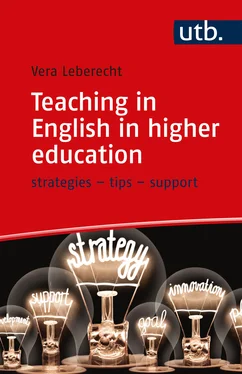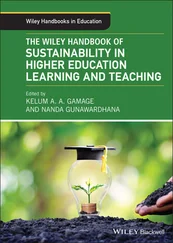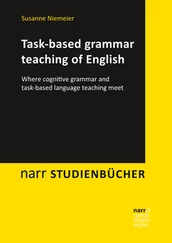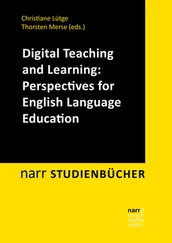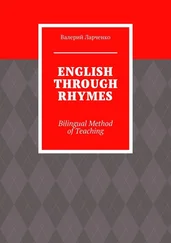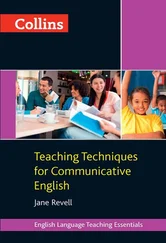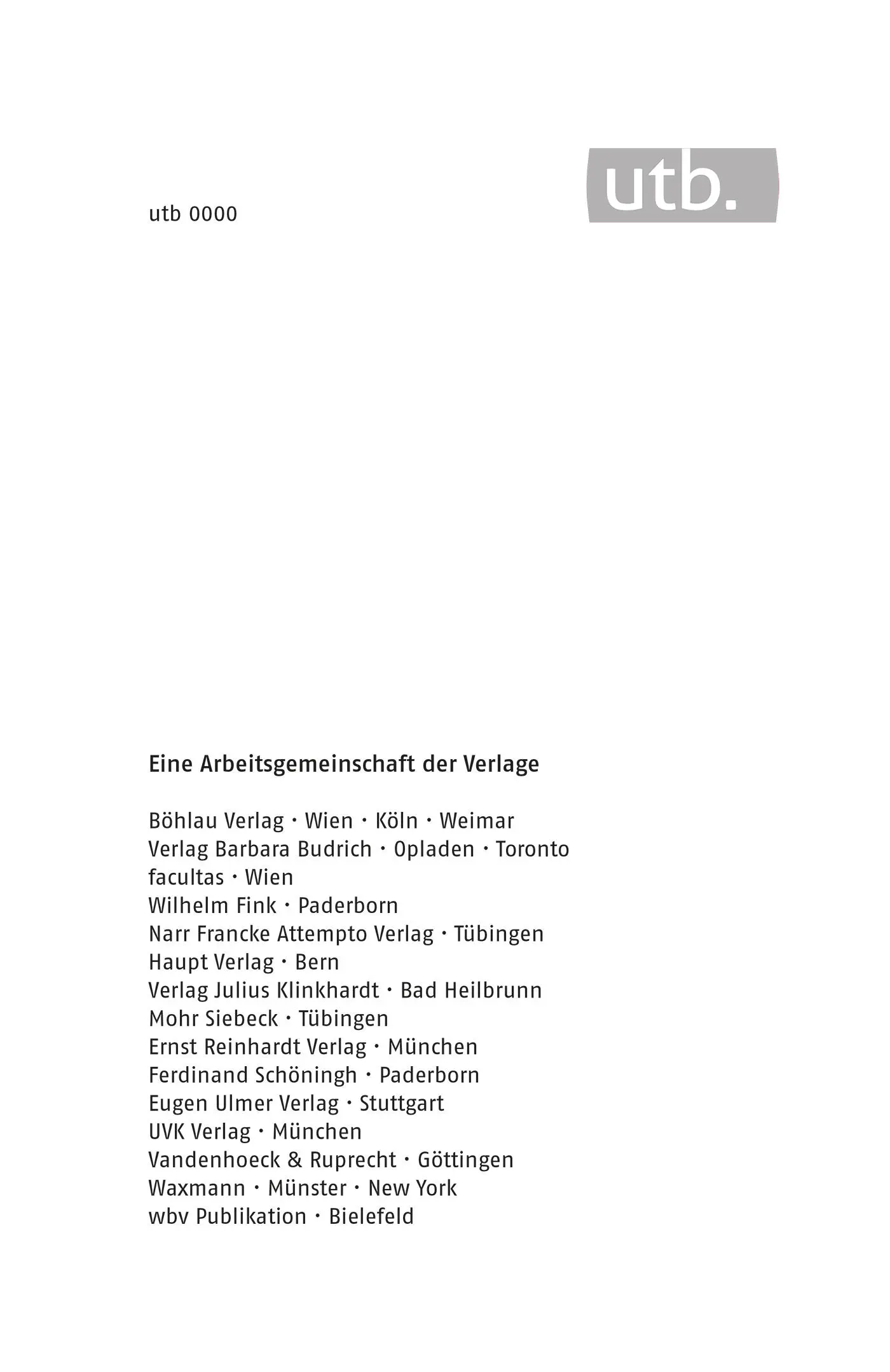
Vera Leberecht
Teaching in English in higher education
strategies – tips – support
Narr Francke Attempto Verlag Tübingen
[bad img format]
© 2019 • Narr Francke Attempto Verlag GmbH + Co. KG
Dischingerweg 5 • D-72070 Tübingen
www.narr.de• info@narr.de
Das Werk einschließlich aller seiner Teile ist urheberrechtlich geschützt. Jede Verwertung außerhalb der engen Grenzen des Urheberrechtsgesetzes ist ohne Zustimmung des Verlages unzulässig und strafbar. Das gilt insbesondere für Vervielfältigungen, Übersetzungen, Mikroverfilmungen und die Einspeicherung und Verarbeitung in elektronischen Systemen.
ISBN 978-3-8233-5245-8 (Print)
ISBN 978-3-8463-5245-8 (ePub)
Personally, I find the best way to use books is to read them. Of course, this is only true for good books. But then, you usually only know whether a book is a good book after you have read it. As I have great confidence in my readers’ professionalism and common sense, I trust that you will find out quickly whether this book is worth your time. Like many of its fellows, it could simply be read from front to back as it has a structure the author has chosen on purpose; likewise, you could skip parts and directly dive into the sections that address your most urgent needs and wants.
Above all, I hope that you approach this book with an open mind and a willingness to learn and be surprised. If you actually enjoy yourself for a moment or two while reading this book, I would be happy to have reached one of my main goals.
1 Introduction: What this book wants and is – and what it is not
Congratulations! You have just taken another hurdle on your way of becoming a better lecturer in your discipline in English. You think I am exaggerating? Quite honestly, I think so, too. It is just that every book needs a first sentence, and this was the first sentence that came to my mind when I wrote this paragraph.
Having admitted that, I can honestly say I do believe you have taken a hurdle. After all, you have just made it through the first paragraph of a book on teaching in English in higher education, and this might feel like a first, if small, success. If it does, you are on the right track; if, in contrast, this is already starting to bore you, and you find yourself thinking where else you could look for more substantial input on teaching in English, this book might not be the right resource for you. In this case, feel free to pass it on to a colleague and continue your professional journey on a different path.
If, by now, you are still not quite sure whether it makes sense for you to continue reading, the next few pages are for you: They will let you know whom I address and what I intended when I wrote this book; they also provide a short preview of each chapter, so you know better what to expect.
So for whom have I written this book? I imagine that you resemble the participants in my workshops on teaching in English who typically work as professors, lecturers, or instructors at universities and universities of applied sciences in Germany or its neighbouring countries. I suppose you would describe yourself as someone who
is a more or less competent and experienced professional in their academic discipline,
is more or less experienced in teaching, supervising and supporting students in higher education, and
more or less enjoys teaching their subject matter (I do hope you go for the “more” option in this case!).
And I am probably on the safe side when I suppose that you are a member of the fast-growing crowd of teaching staff in higher education who have more or less recently been confronted with the glad – or not so glad – tidings that they are expected to share their knowledge with their students in English. If you have not been involved in international cooperations for decades or were lucky enough to grow up in a plurilingual family, you may initially have been shocked or, at least, slightly surprised and insecure; you may have wondered whether the relics of your high-school English would suffice to keep your students in the room for the duration of a complete lecture or seminar session. On the other hand, you might be one of the many European instructors in higher education who are pretty comfortable about teaching in English and just would like to refine their skills and competences. If you can relate to any of the above characterisations, this book has been written for you.
This takes us to the next question: What do I intend with this book? The answer is simple: I want to encourage you. As stated on its cover, this book provides strategies, practical tips, and support for English-medium higher education. It aims to equip you for taking your own steps of putting English-medium teaching into practice at your own pace and in ways that suit you and your institutional contexts. Gradually, you can expand your comfort zone of sharing your expert knowledge in a language that is neither your own nor most of your students’ first language.
Let me underline it once more: This is a book about practice. It is a direct outcome of more than a decade’s work with practitioners teaching at tertiary-level institutions in European countries with other official languages than English. Many of its topics have been shared by and discussed with workshop participants. As a result of this hands-on focus, many issues related to English-medium teaching in higher education have not made their way into this book: It does not give an overview of the current research and theory on English-medium instruction (EMI). It does not deal with theoretical considerations and concepts of content and language integrated learning (CLIL) or English as a lingua franca (ELF). If you would like to learn more about the theoretical foundations of teaching in English in higher education, you will find other books that are more suitable than the one you are holding in your hands. To get you started, I have put suggestions for further reading at the end of many chapters of this book.
What can you expect from this book? Chapter 2 sets the scene with prerequisites for becoming more competent and confident about teaching in English in academia. Obviously, when I talk about prerequisites, I do not mean diplomas or certificates but helpful attitudes and competences you acquire as you teach and communicate with students and colleagues in and outside the classroom. Each of the four subchapters of chapter 2 is complemented by hands-on suggestions for developing and applying these prerequisites.
Chapter 3 broadens the horizon further. It starts by depicting the manifold experiences of lecturers who have been on the road of English-medium teaching for a while. These experiences show that challenges and difficulties with switching to English as a medium of instruction in higher education are far from individual. The chapter provides a lot of questions as well as space for notes and reflection. This is to encourage you to think about your own answers, and to discuss these issues with superiors, colleagues, and students.
Chapter 4 is one big plea for using clear, simple, plain English in lectures and seminars. This aspect has made it into a separate chapter because, to me, it is one of the major differences between many continental European academic traditions and cultures and their Anglo-American counterparts. The chapter provides some statistics, theoretical considerations, and practical strategies, so you can decide which approaches will be most appropriate and useful for your own student audiences and communicative goals.
Читать дальше
